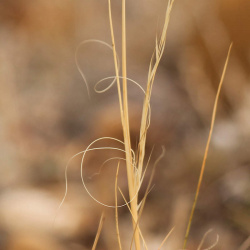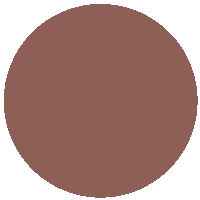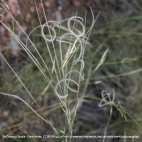Color
Availability
USDA Zone
Region
Type
Duration
Season
Germination
Soil
Sunlight
Height
Narrow Your Search
Color
Availability
USDA Zone
Region
Type
Duration
Season
Germination
Soil
Sunlight
Height
US Native Grass Seeds
The species on this page are not all technically classified as grasses, but the average gardener would probably call them "grass". Here you will find a variety of seeds of native grasses, sedges, reeds, and rushes. You might not think of grass as being as beautiful as flowers, but some of these wild grasses really are beautiful in their own way. Many of the native prairie grasses turn color in autumn, and the rusty bronze color of the stems adds a real fall aura to the planting. Winter birds benefit from the wild grass seeds, and small animals use the thick undergrowth for cover. The biomass of the grass is also the primary source for fuel when a prairie planting undergoes a planned burn.
-
 On Sale!
Needle And Thread Grass Seeds
Stipa comata
This perennial bunchgrass produces this unique Stipa Comata Plant that are very sharp on one end and have a long tail on the other end. It grows on the dry soils of the American West, and has excellent drought resistance, but does most of it's growing during the cool seasons.Quick Viewx
On Sale!
Needle And Thread Grass Seeds
Stipa comata
This perennial bunchgrass produces this unique Stipa Comata Plant that are very sharp on one end and have a long tail on the other end. It grows on the dry soils of the American West, and has excellent drought resistance, but does most of it's growing during the cool seasons.Quick ViewxNeedle And Thread Grass Seeds
Stipa comata
This perennial bunchgrass produces this unique Stipa Comata Plant that are very sharp on one end and have a long tail on the other end. It grows on the dry soils of the American West, and has excellent drought resistance, but does most of it's growing during the cool seasons.
$3.48 Pkt - $15.95 / Oz
The species on this page are not all technically classified as grasses, but the average gardener would probably call them "grass". Here you will find a variety of seeds of native grasses, sedges, reeds, and rushes. You might not think of grass as being as beautiful as flowers, but some of these wild grasses really are beautiful in their own way. Many of the native prairie grasses turn color in autumn, and the rusty bronze color of the stems adds a real fall aura to the planting. Winter birds benefit from the wild grass seeds, and small animals use the thick undergrowth for cover. The biomass of the grass is also the primary source for fuel when a prairie planting undergoes a planned burn.




